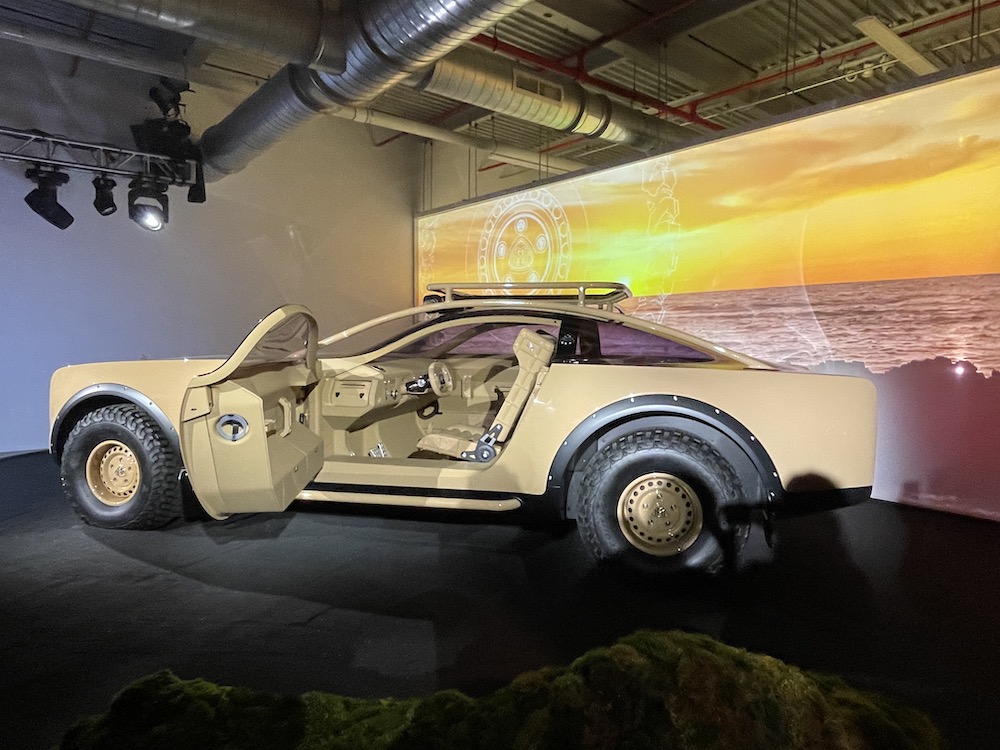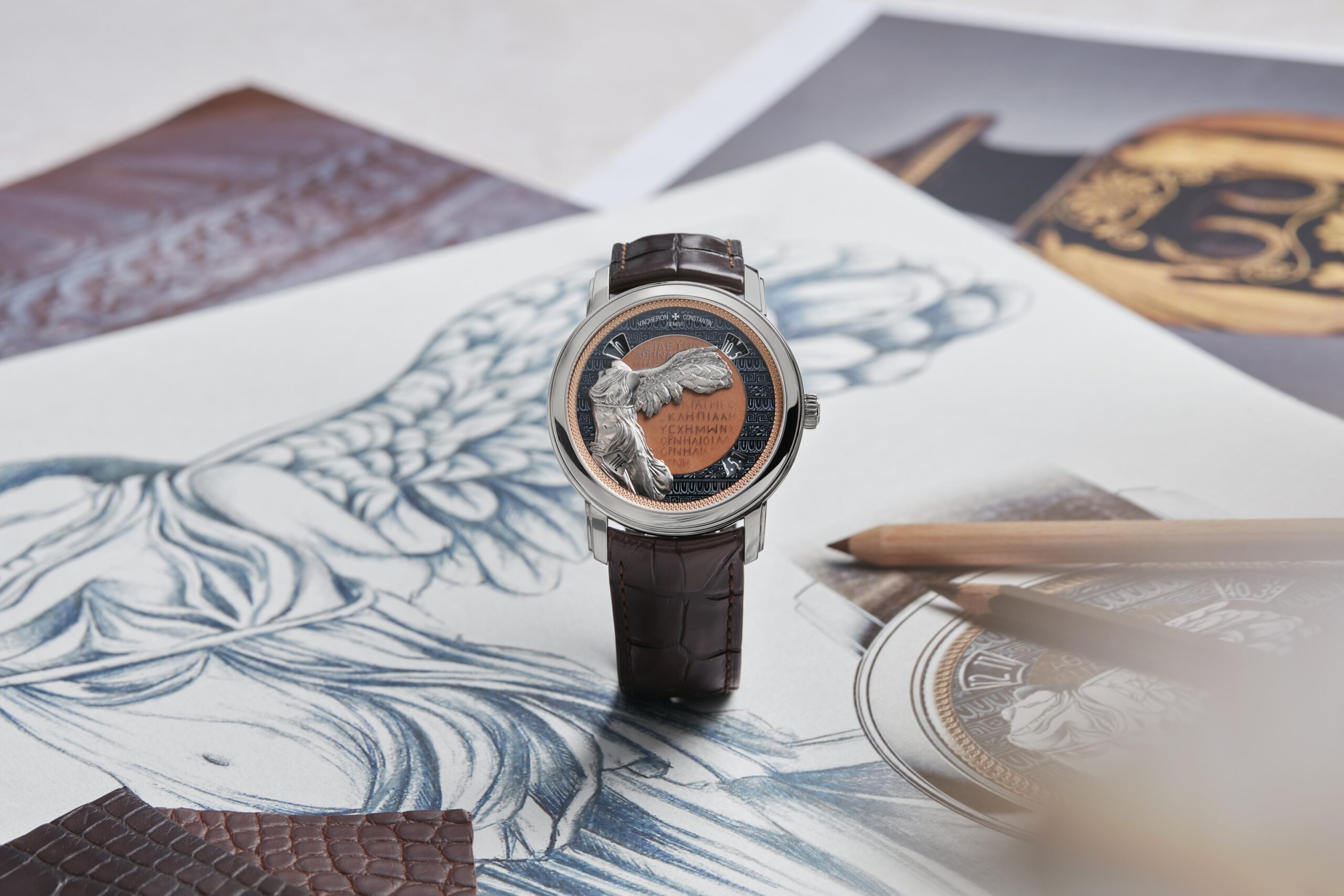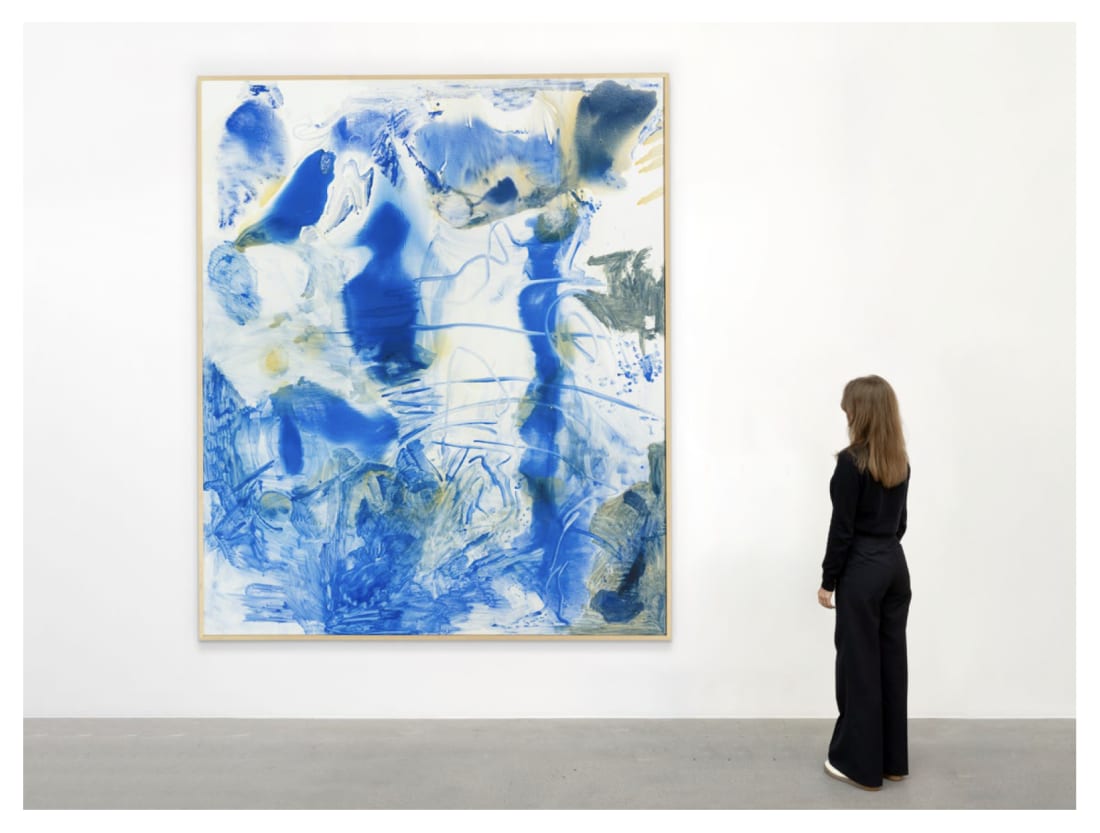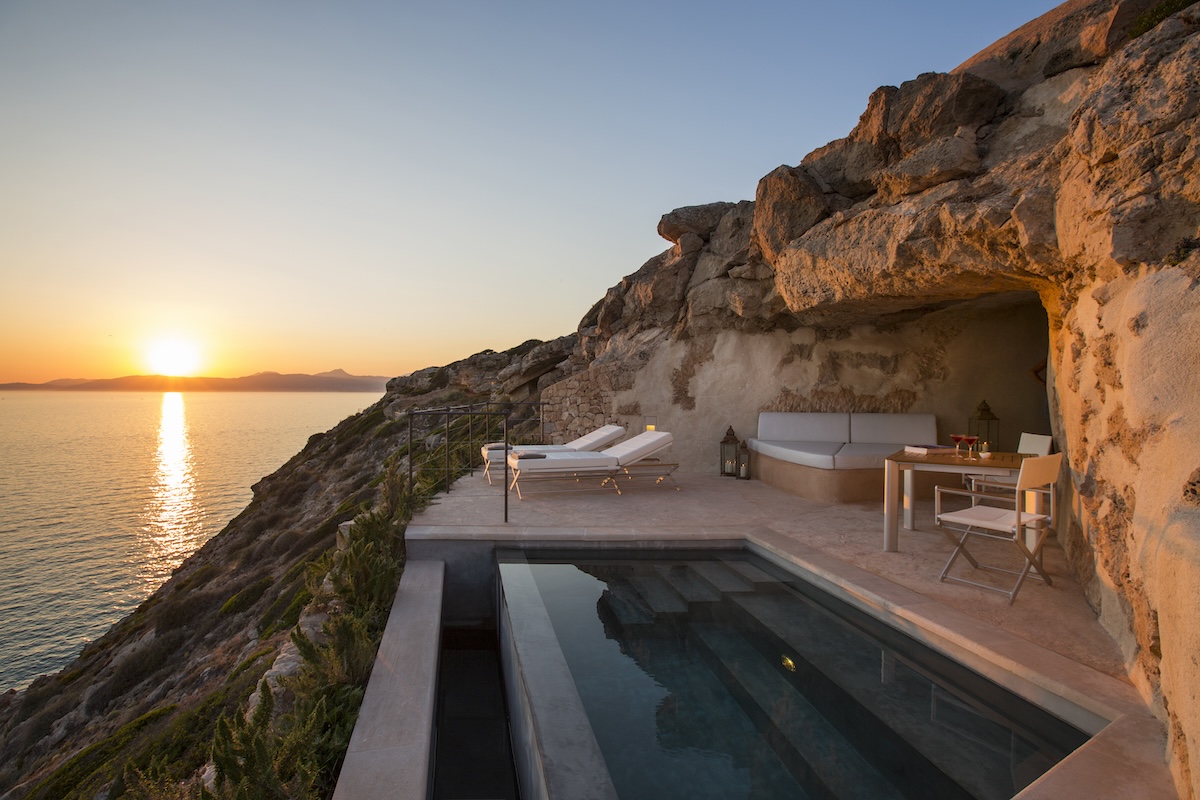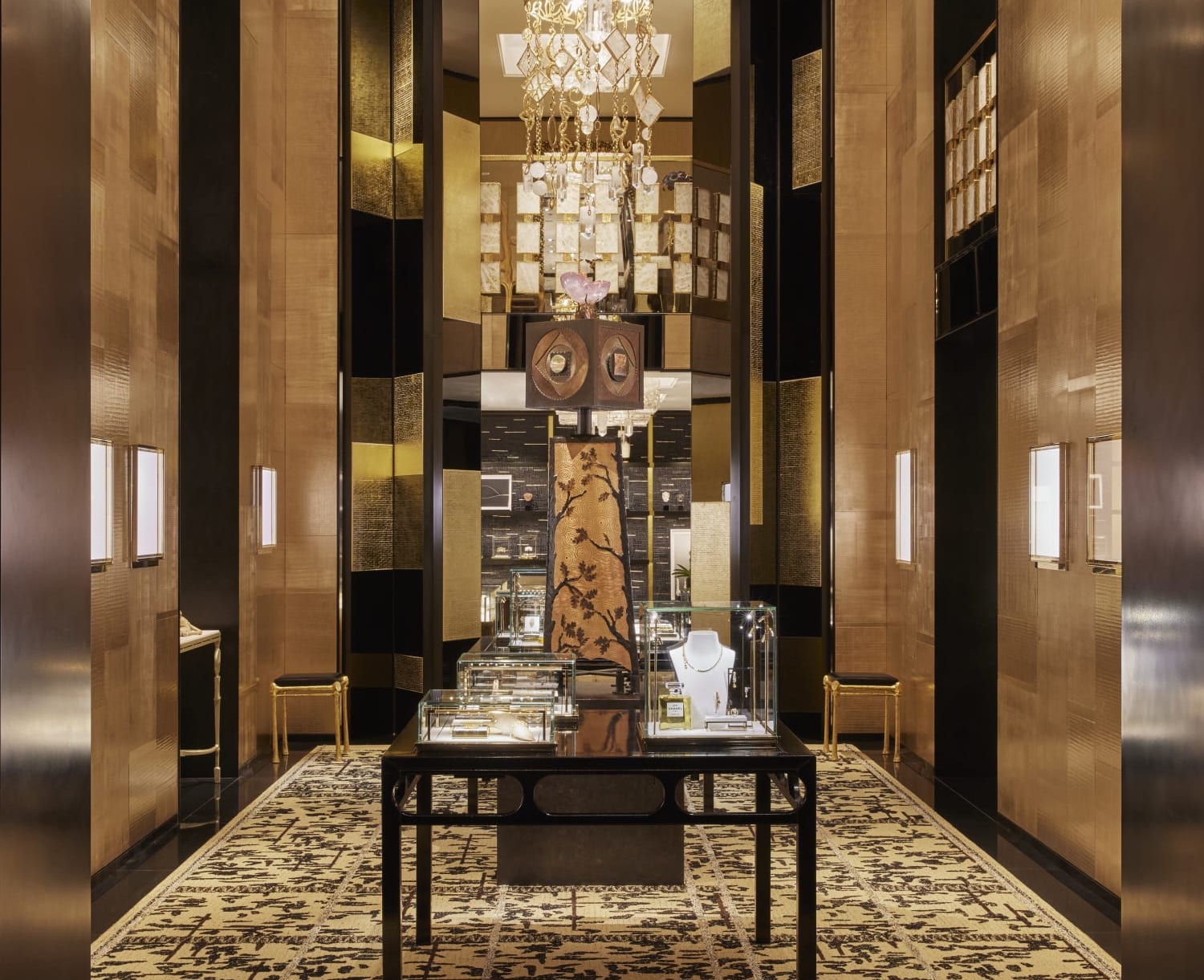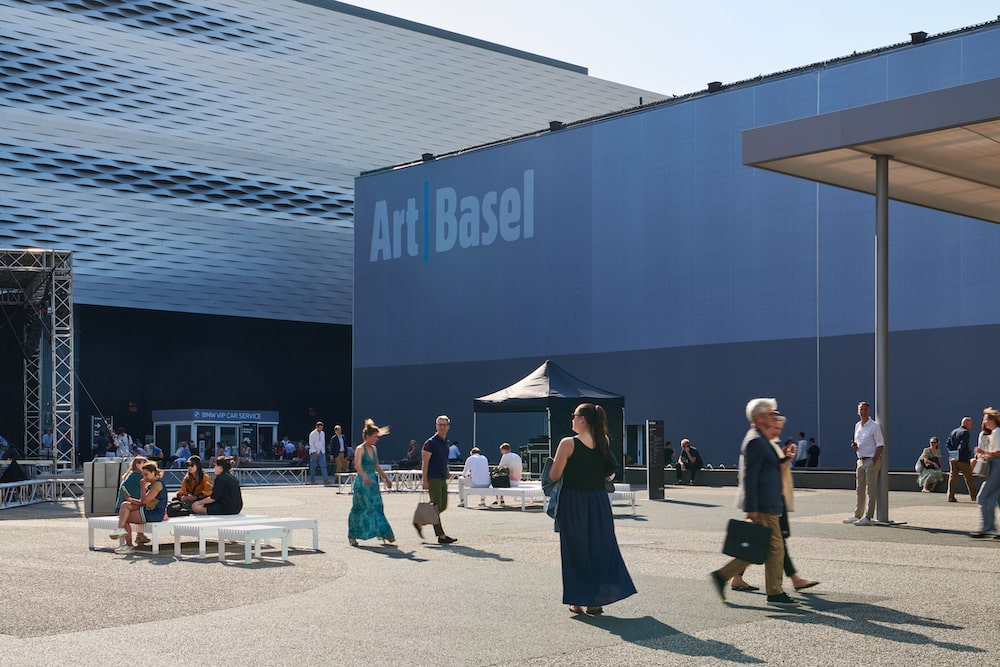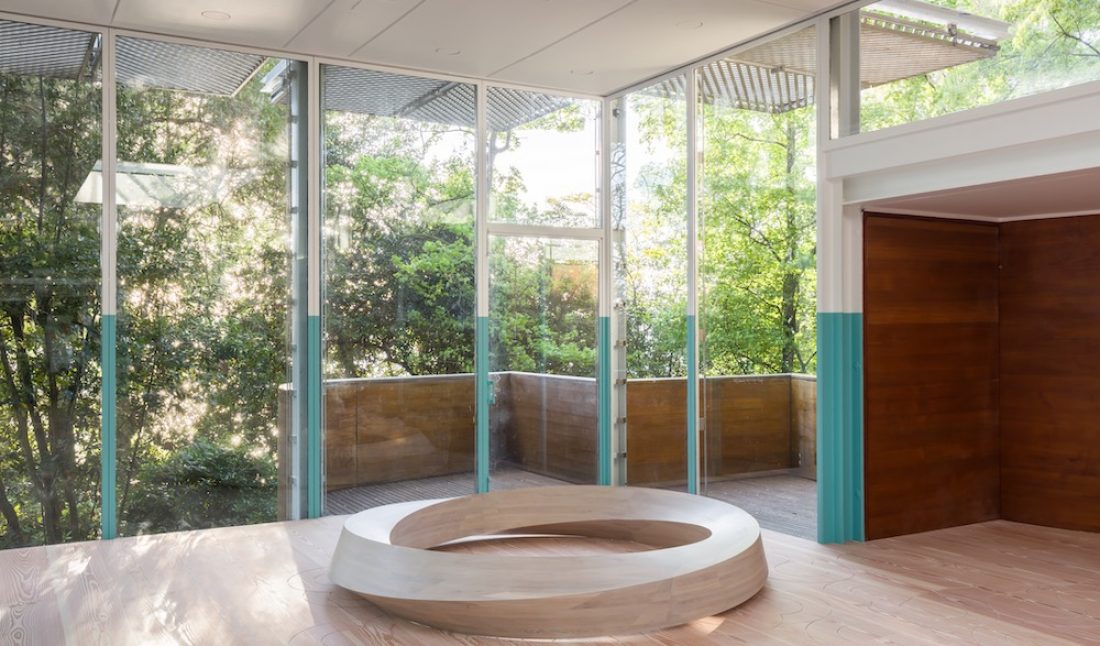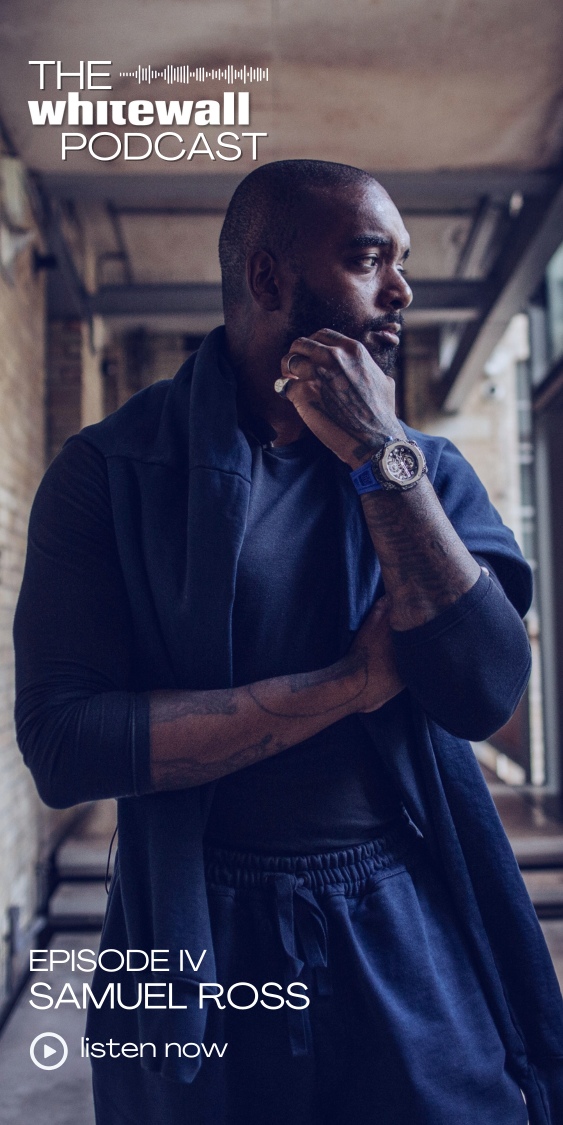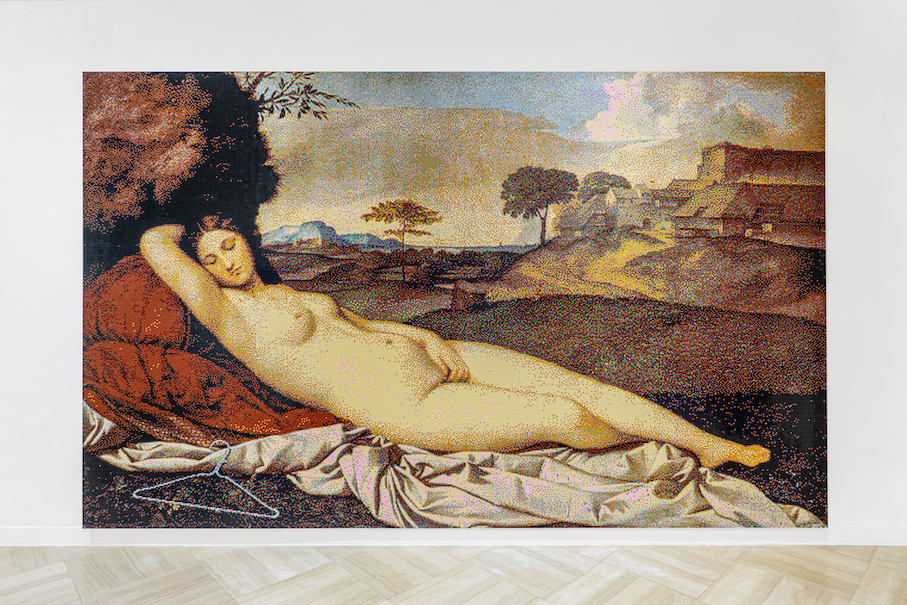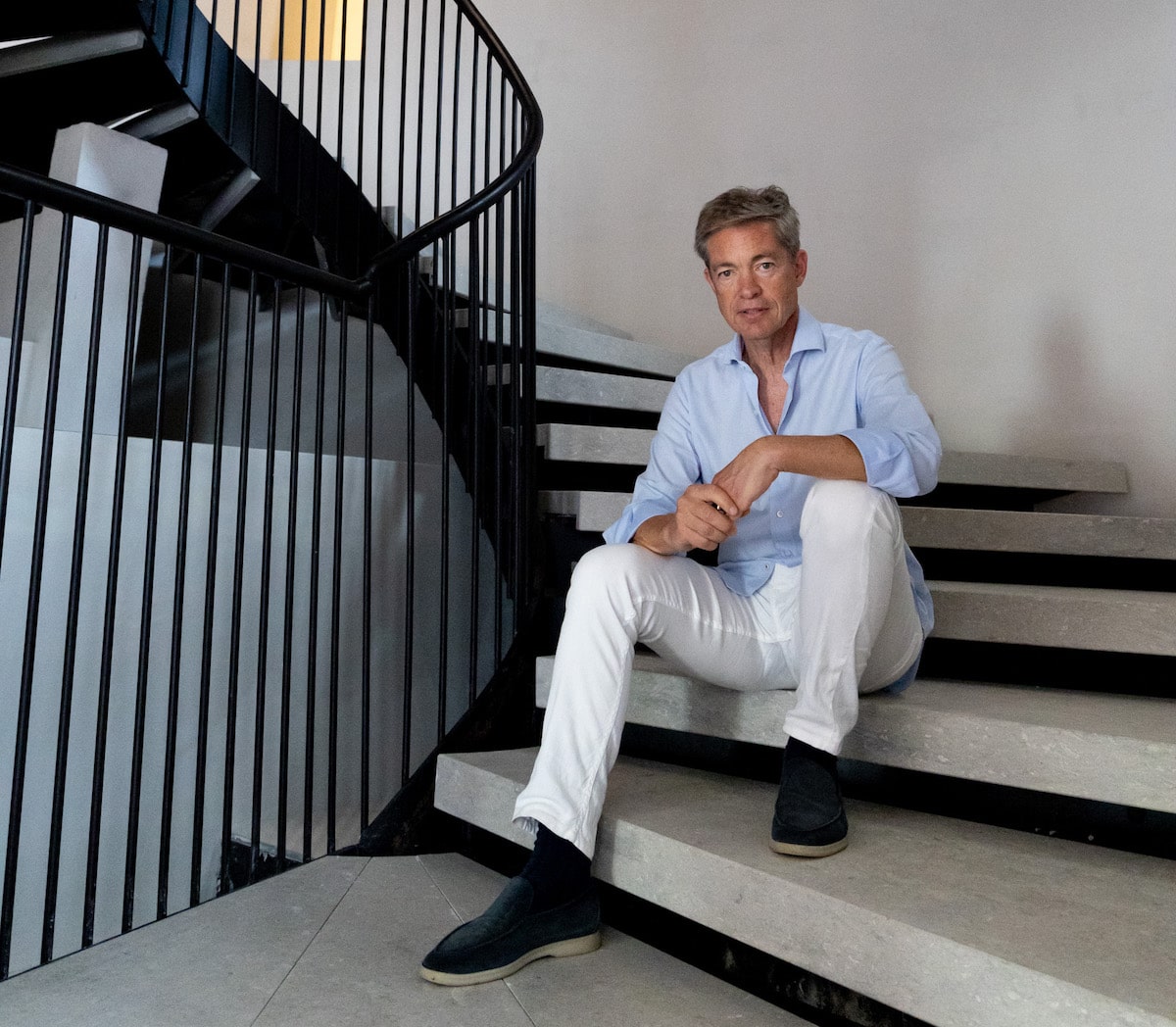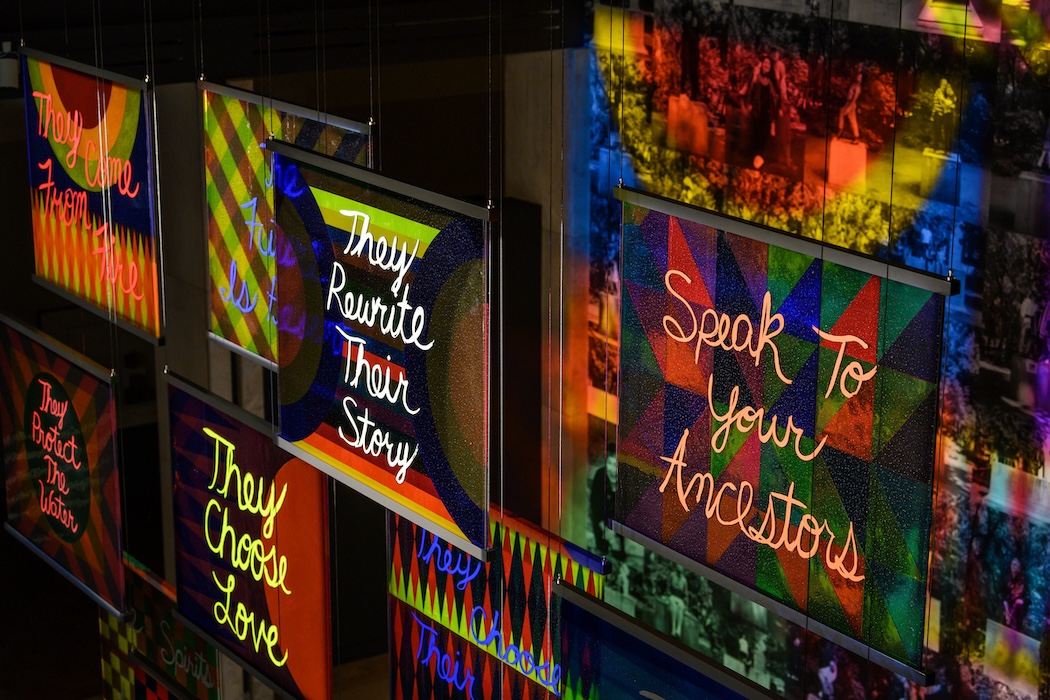On April 20 in Venice, Italy, the curtain was raised on the 60th International Art Exhibition La Biennale di Venezia, on view through November 24. There, visceral, site-specific, and cross-generational works of art are placed in rapturous conversation, offering a singular journey through individual and collective identity, nostalgia, and metamorphosis. Under the curation of Adriano Pedrosa, with the theme of “Stranieri Ovunque—Foreigners Everywhere,” spellbinding artistic and cultural explorations unfurl. Commissioned by Arts Council Korea (ARKO), the Korean Pavilion at the 60th Venice Biennale, titled “ODORAMA CITIES,” spotlights the Korean artist Koo Jeong A and voyages through our subjective perception and memory of spaces, people, food, and objects, often defined by our keen sense of smell. Curated by Seolhui Lee and Jacob Fabricius, the exhibition unveils 17 exclusive scents that were derived from an open call for scent memories in the Korean peninsula last year.
The question “What is your scent memory of Korea?” gathered over six hundred contemplative messages written by the public. In a continuation of the artist’s study of transcendence and ethereality, a luminous wooden floor debuted within the pavilion featuring hypnotic Möbius-shaped sculptures, as well as a levitating bronze figure that emits a transformative scent. Whitewall spoke with curators Lee and Fabricius about the significance of scent stories as family legacies, constructing a pavilion of poetry and grace, and the supreme beauty of expecting the unexpected.
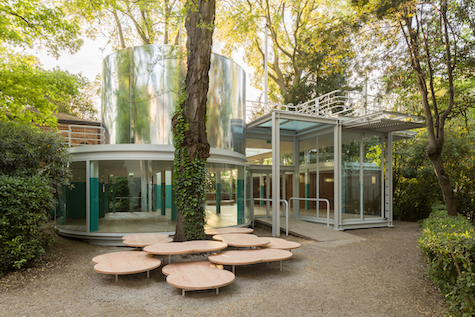 Koo Jeong A, “Odorama Cities,” Korean Pavilion 2024, La Biennale di Venezia, Installation view, courtesy of Pilar Corrias, London, and PKM Gallery, Seoul, photo by Mark Blower.
Koo Jeong A, “Odorama Cities,” Korean Pavilion 2024, La Biennale di Venezia, Installation view, courtesy of Pilar Corrias, London, and PKM Gallery, Seoul, photo by Mark Blower.
Koo Jeong A asks, “What is your scent memory of Korea?”
WHITEWALL: What was your first introduction to the unique artistry of Koo Jeong A and their visceral explorations of the human senses in immersive, site-specific locations?
SEOLHUI LEE & JACOB FABRICIUS: Koo Jeong A is one of the artists that we have both followed for a very long time.
JF: The first time I experienced a work by Koo in real life was their subtle installation with sparkling diamond chips at Arsenale during the Venice Biennale in 2003.
SL: During my first trip to New York when I was a student, I visited the Dia Art Foundation, where Koo had a solo show in 2010. I can’t recall all the presented artworks, but I vividly remembered my experience regarding the spaces and how my body embodied them while walking through the exhibition. Koo created a very distinctive atmosphere.
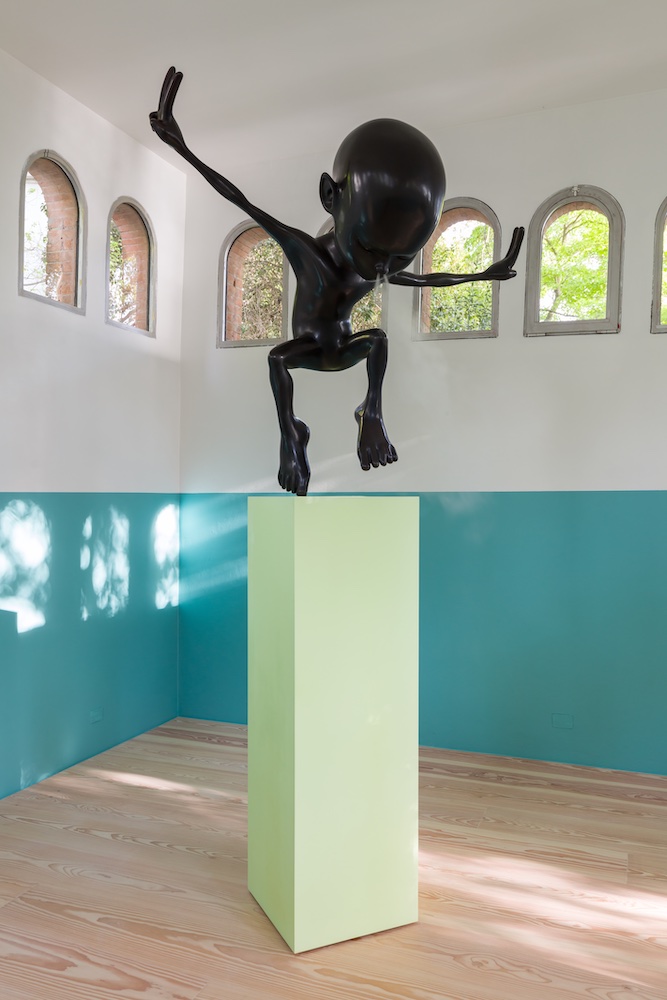 view, courtesy of Pilar Corrias, London, and PKM Gallery, Seoul, photo by Mark Blower.
view, courtesy of Pilar Corrias, London, and PKM Gallery, Seoul, photo by Mark Blower.
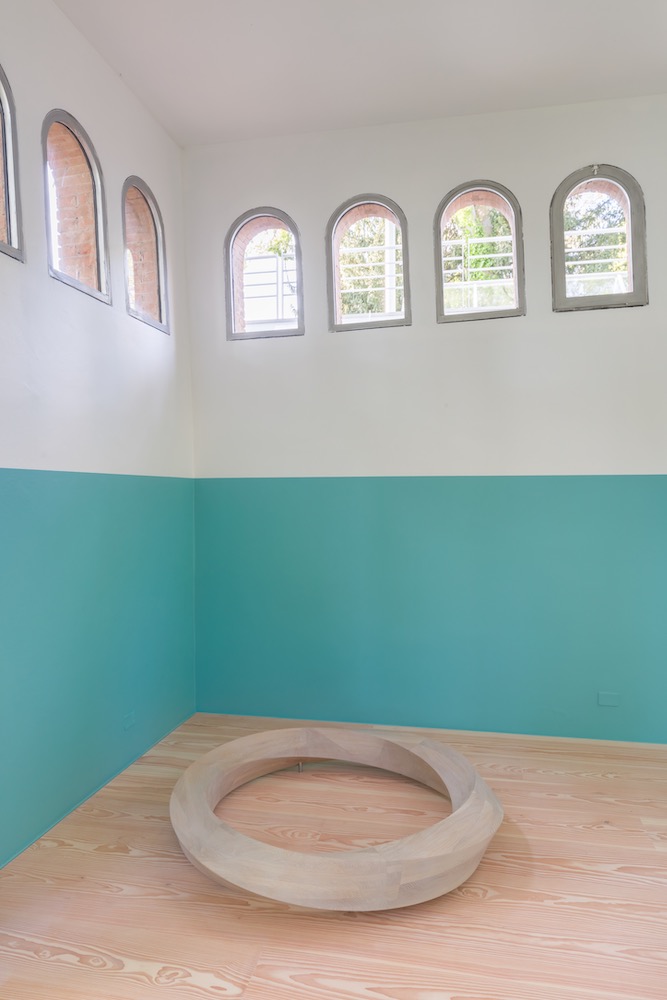 view, courtesy of Pilar Corrias, London, and PKM Gallery, Seoul, photo by Mark Blower.
view, courtesy of Pilar Corrias, London, and PKM Gallery, Seoul, photo by Mark Blower.
WW: Why was the artist a perfect fit for the Korean Pavilion at the 60th Venice Biennale and its overarching theme of “Stranieri Ovunque—Foreigners Everywhere”?
SL & JF: The concept behind “ODORAMA CITIES” was actually developed more than six months before we were informed about Pedrosa’s “Stranieri Ovunque—Foreigners Everywhere.” Over the course of three months in the summer of 2023, we reached out to Koreans and non-Koreans globally through an open call and asked for their Korean scent memories. So, the idea of “Foreigners Everywhere” is—from our perspective—very close to how Koo has collected memories and made them into the 17 scent experiences at the pavilion.
Furthermore, the 17 scents are developed by 16 different perfumers—one from Japan, one from South Korea, one from Ireland, and 13 from France, living in Paris, Shanghai, and Singapore—so it is truly an international project, where (mostly) non-Koreans are interpreting essential Korean odors and making them into scent experiences. We find this aspect, also in relation to Pedrosa’s title “Foreigners Everywhere,” very interesting. Scent knows no borders.
WW: Can you share details of your experience co-hosting the public open call in Korea by way of advertisements, social media, and one-on-one meetings, asking the compelling question: What is your scent memory of Korea?
SL & JF: We have received many different kinds of scent memories. Some are short and sweet like “The smell of naphthalene in the closet” (Daegu, 1990) or “The Han River, a watery fishy smell caused by sediment carried by the rising and falling tides” (Seoul, 1986).
Other stories were long and detailed, such as “From the house and whilst walking through the land, one could see our family apple orchards and waken to the smell of sweet apple blossoms in the Spring and fresh apples later that same year” (Sunchun, North Korea, 1920s to 1930s) or “The smell of dirt on a rainy forest floor. The smell of my drunken father’s breath. The naphthalene-scented wool coat in my grandmother’s closet. The smell of the capsule cosmetics on my mom’s vanity. The smell of cinnamon in the oven when she was baking apple pie. The musty smell of a puppy’s fur on its belly. The smell of photographic chemicals in an old photo album. The smell of rice on your grandmother’s altar, soaked in the smell of incense. The smell of flesh sun-dried after coming out of the ocean. The fishy odor of blood from the cut Velvet Antler mixed with Bacchus. The lingering smell of Korean herbal medicines around the medicine making machine. The smell of heat from the whippings” (Jeongseon or Gangneung, 1990s).
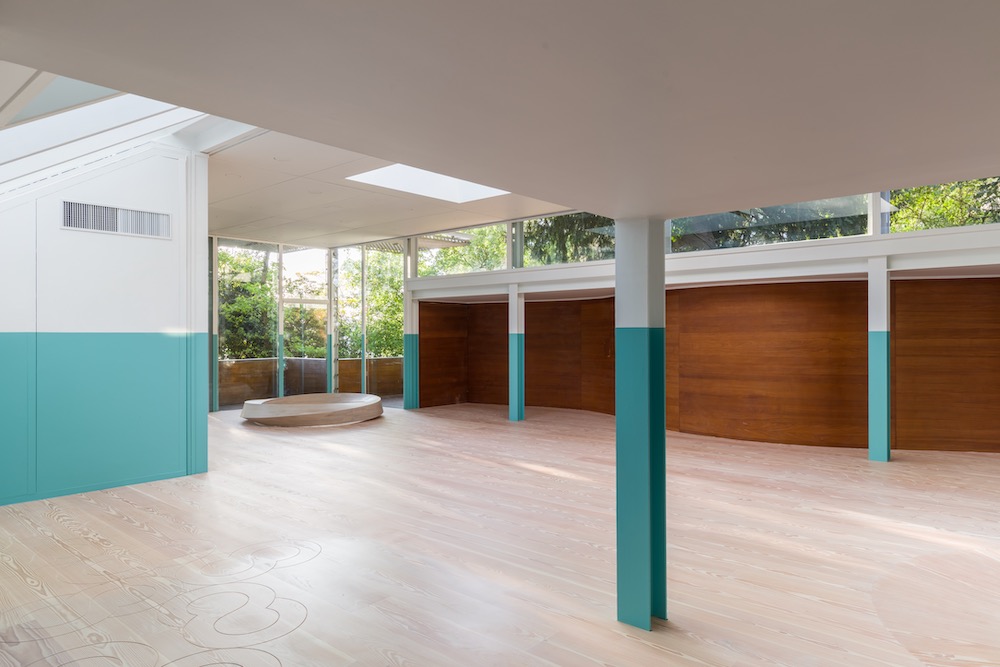 view, courtesy of Pilar Corrias, London, and PKM Gallery, Seoul, photo by Mark Blower.
view, courtesy of Pilar Corrias, London, and PKM Gallery, Seoul, photo by Mark Blower.
Some scent memories are elegant and poetic: “The scent of fog and humidity. There was the smell of fog when I got out of the home to go to school on a murky winter morning. The brisk coldness of winter days would bring with it a chilling, frosty smell of fog” (Chuncheon, 2005).
Some were also less pleasant and troubling, like this one from 1942–1945 in Dancheon, North Korea: “My father was the director of a tungsten mine but my memory is there was the coal smell all around near the mine. My father made sure the family drank goat milk every morning at 5 O’Clock, warmed in an iron kettle, near the goat barn where he had only one goat for family nutrition when food shortage was severe during the 2nd World War and he even made mint flavor sugar candy from sugar supplied from his company and mint extract from his garden. We stayed away from the mine because of the unpleasant smell. I disliked goat milk due to its terrible odor but the mint candy smell was so good while watching him cook for me.”
“Some stories have been passed down through generations, which also give an idea of how serious and important some of these stories are as family legacies,”
—Seolhui Lee and Jacob Fabricius
The common denominator is that all these stories are very sincere, and we are so grateful for all the efforts and time the participants have spent. Some stories have been passed down through generations, which also give an idea of how serious and important some of these stories are as family legacies.
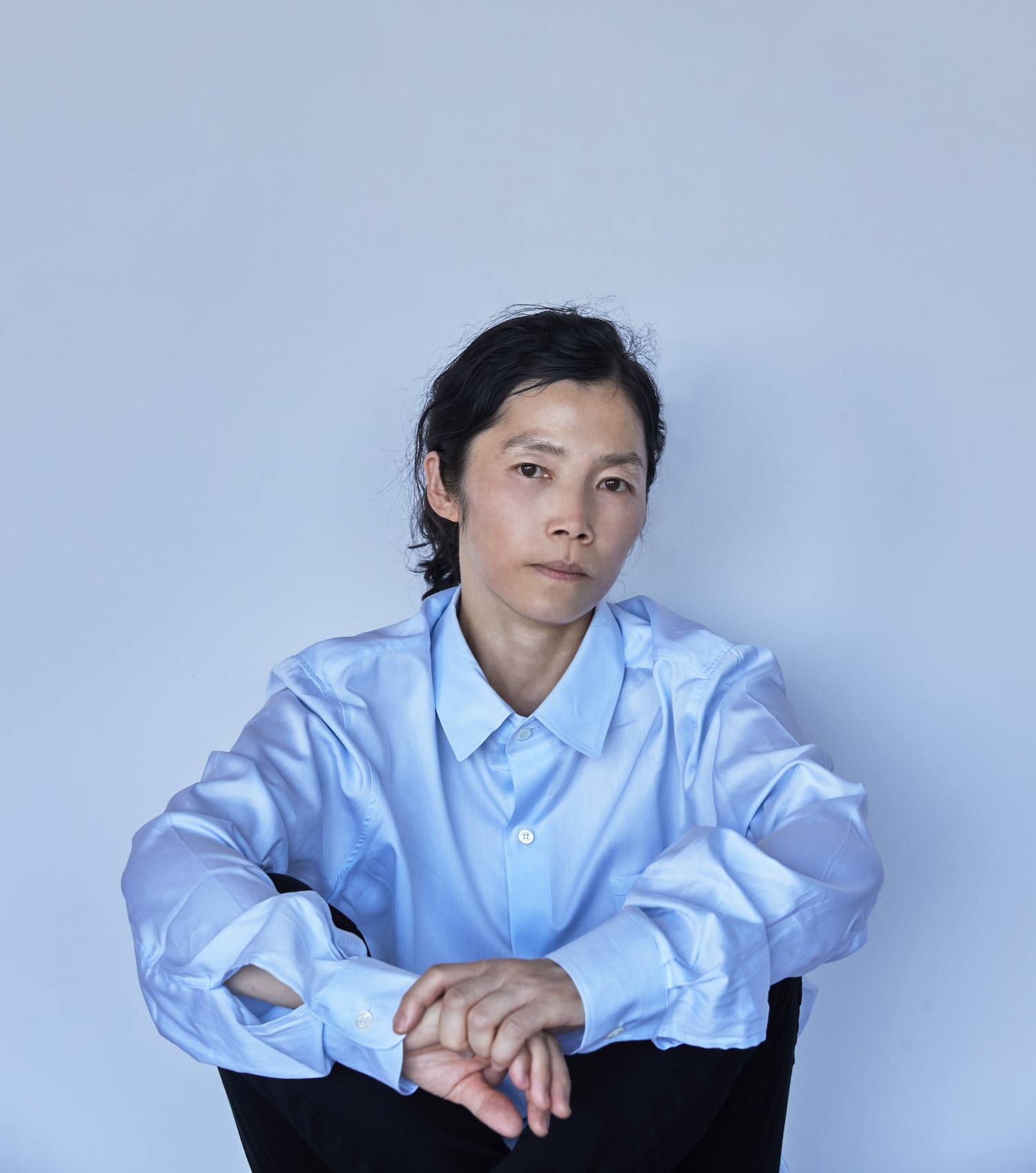 Koo Jeong A, photo by Kim Je Won, courtesy of PKM Gallery.
Koo Jeong A, photo by Kim Je Won, courtesy of PKM Gallery.
WW: Can you describe the ideation and construction of the pavilion itself, a physical and emotional journey for international visitors through Koo’s ardent dedication to transcendence?
SL & JF: The space is poetic, minimalistic, and peaceful, featuring sculptures and installation elements both inside and outside the pavilion. Finally, to top it all, there will be 17 scent experiences in the pavilion. We believe that these scents will be recognizable to some of the audiences, overwhelming to others, while some viewers may begin to think about their own scent memories and stories. The pavilion will generate a multitude of different reactions relating to scents.
We are working on two other exhibitions with Koo. This summer’s exhibition at Malmö Konsthall (Sweden), EHM [Event Horizon Malmö], consists of OooOoO (2024): a skatepark constructed entirely of wood. After Venice, “ODORAMA CITIES” will be shown at ARKO Art Center, Seoul, and this will be a totally different experience. In Seoul we will focus on and display all the open call stories inside the exhibition, so in Seoul the connection between the scents and open call stories are much more present, where the Korean Pavilion in Venice will be more about levitation, flow, and grace.
The Impact of the Korea Pavilion at the Venice Biennale
WW: What might you take with you from this comprehensive project with the prolific artist to future endeavors?
SL & JF: It might be very banal, but there are a million interesting and beautiful (untold) stories out there, carried around by people, and these stories can be uncovered and embraced. All you have to do is ask!
The open call for “ODORAMA CITIES” is proof of that. “ODORAMA CITIES” has been a bottle opener for the Korean scent stories, and we feel lucky to have gained and learned more about some of these beautiful stories.
SL: As a Korean, it has been an eye-opening experience receiving all these different scent memories. I have gained new knowledge about my country through the stories from Koreans and people who have visited Korea.
JF: Be curious and expect the unexpected.
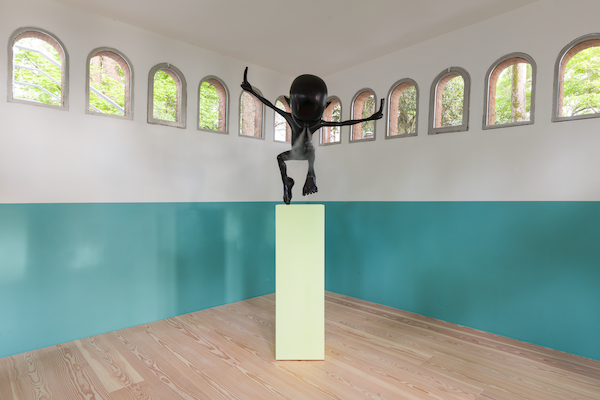 Koo Jeong A, “Odorama Cities,” Korean Pavilion 2024, La Biennale di Venezia, Installation
view, courtesy of Pilar Corrias, London, and PKM Gallery, Seoul, photo by Mark Blower.
Koo Jeong A, “Odorama Cities,” Korean Pavilion 2024, La Biennale di Venezia, Installation
view, courtesy of Pilar Corrias, London, and PKM Gallery, Seoul, photo by Mark Blower.
